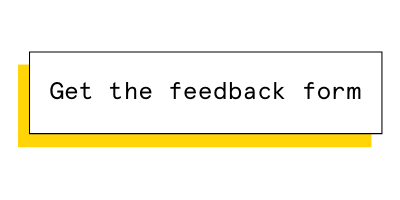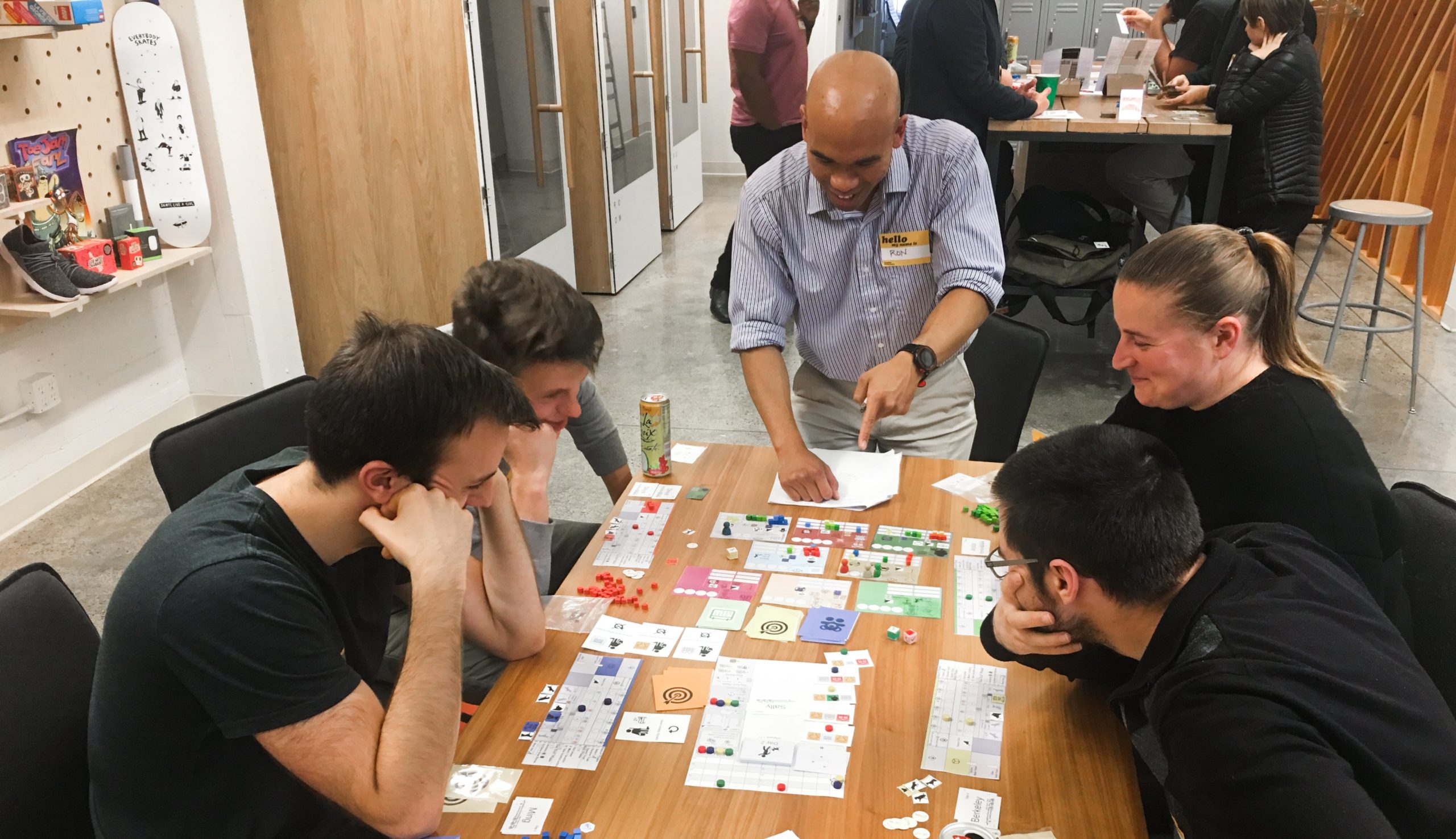Playtesting is an essential part of the board game design process. It will help you refine your game and get it ready for your crowdfunding campaign. When you approach this experience strategically and with an open mind, you’ll get the information you need to create an enjoyable game that excites backers when you finally launch your project on Kickstarter.
The 3 stages of playtesting
Dive into testing as soon as possible, even if you only have a handmade prototype. There are different forms and stages of playtesting that you’ll be working your way through. Your game will evolve in exciting and potentially dramatic ways during each one of these phases, so you want to get that ball rolling as soon as possible.
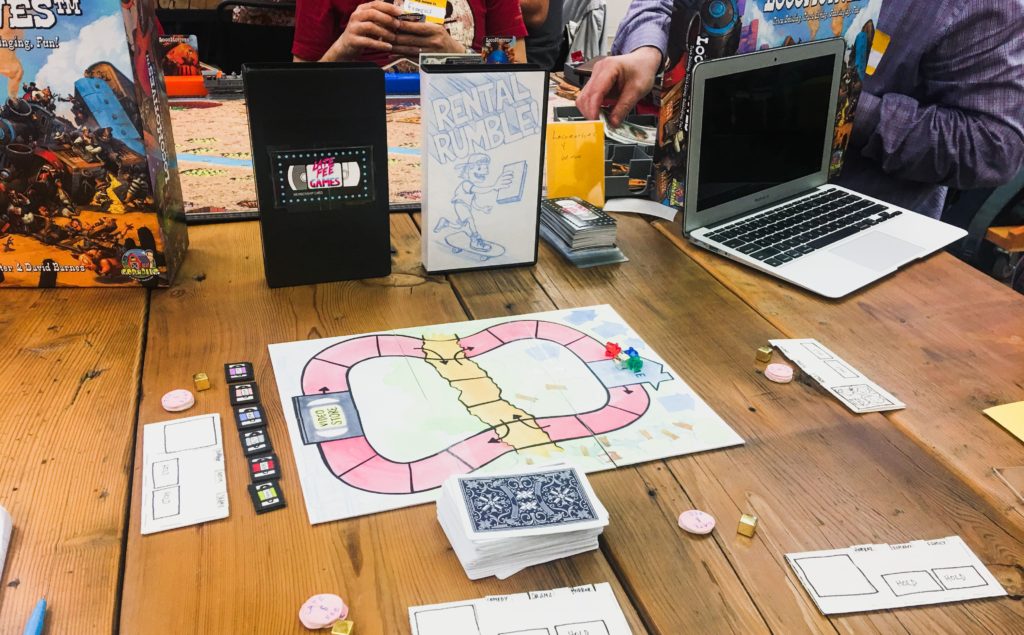
Internal playtesting
Internal playtesting encompasses both solo playtesting (playing the game on your own, from start to finish) and having your inner circle (friends, family, and collaborators) run through the game. With solo playtesting, you’ll be looking at playing time (it should be reasonable and relatively consistent every time you play) and ensuring that gameplay runs smoothly before you introduce it to an audience.
Quick tip: When testing the game by yourself, consider creating player personas and playing as a different one each run-through. For example, you might play once as a very cautious person who doesn’t make risky moves. Another time, you could play as someone who wants to find the fastest route to victory. The point is to think about the different strategies people might use and see how they affect gameplay.
Once you’ve ironed out any obvious kinks here, share the game with people you’re close to. Since this will be a friendly audience, you’re more likely to receive positive feedback than constructive feedback. However, the real goal here is to practice presenting your game and prepare yourself for playtesting with people you don’t know.
Local playtesting
Local playtesting is when strangers play your game. These will likely be people you’ve connected with through board game or tabletop meetups, playtesting events, or conventions. During this phase, you’ll be guiding players through the game. If something isn’t working, you’ll be there to clear up any confusion or make a change on the fly to keep the game moving. By the end of this stage, you’ll have an early version of your rulebook.
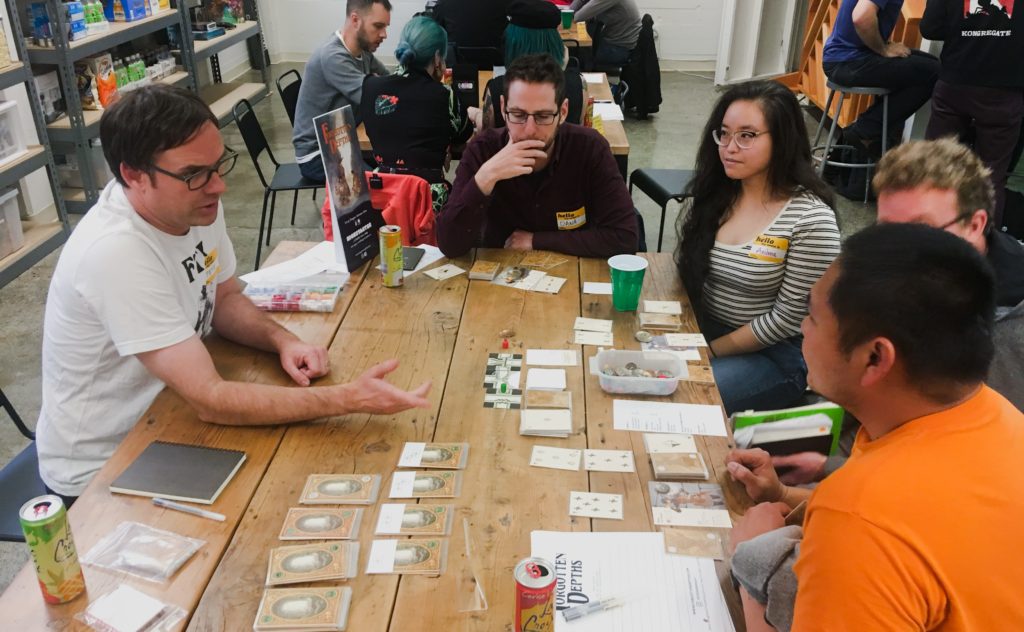
Blind playtesting
Blind playtesting may be the most intimidating phase of this whole process, but it can also be the most valuable. When you share your game during this stage, you won’t be able to intervene if something isn’t working. You’ll simply be presenting your game to your playtesters with the rulebook and letting them figure everything out. Your job here is to observe.
The feedback you get during your blind playtests will help improve your rulebook. And while you’ll still be paying attention to how the game functions, you should also be focused on whether or not the game is intuitive and if the rules are easily understood.
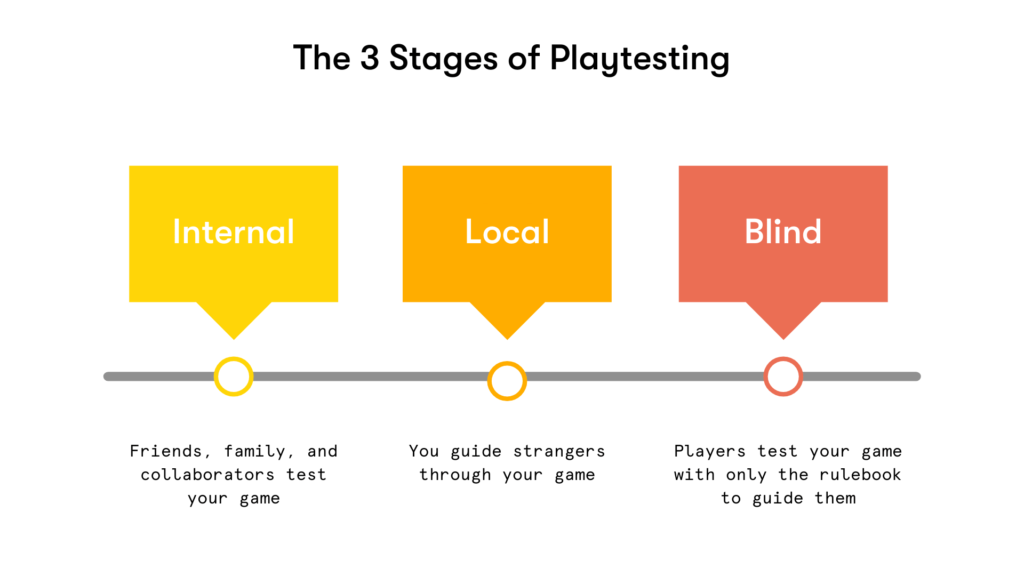
Board game design online: A note on digital playtesting
Playtesting your game in-person isn’t always feasible. Currently, with social distancing guidelines in place, it’s not possible to approach this phase of board game design in a traditional way. However, even in normal circumstances, if you live in a rural area or you’re not able to travel to events, digital playtesting is an option.
At the moment, Tabletopia and Tabletop Simulator are the popular choices. To use them, you’ll have to create a digital version of your game, which you’ll be able to customize on the platform. Don’t worry — both platforms have how-to guides to help you out. (Here’s a guide from Tabletopia and here’s one from Tabletop Simulator.)
Some of the benefits of going this route are that you can quickly make changes to your game and won’t have to spend money on printing or shipping a prototype. But of course, playtesters won’t be able to experience any of the tactile elements of your game (if that’s important to you) and they may have to pay to use the platform. All of this being said, right now, it’s a great alternative.
Quick tip: You can find people to play your game by joining playtesting Discord and Facebook groups, putting out a call on a BoardGameGeek forum, visiting game stores, or volunteering to playtest for other game designers and asking if they’ll reciprocate. Consider Protospiel Online and other virtual playtesting conventions. These are also great places to get general advice about how to design a board game.
How to collect feedback
When you design your own board game and immerse yourself in the process, it can be emotionally difficult to share what you’ve been working on with other people. What if they don’t like the game? What if they find some major flaw that will require you to totally rework everything? These thoughts are scary, but you shouldn’t be immobilized by them. Without this feedback, your game won’t get any better.
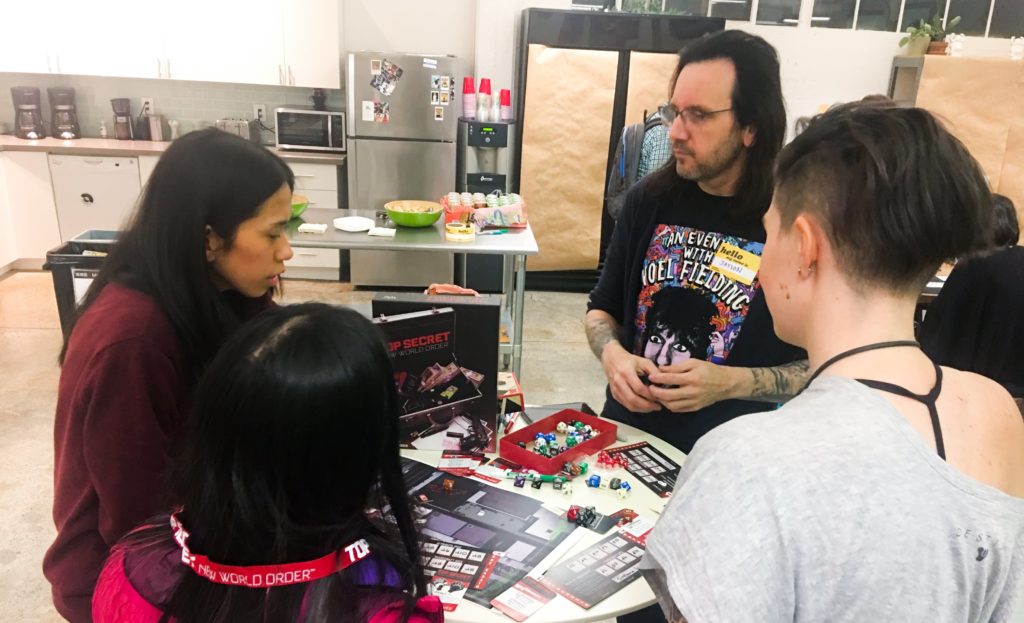
Be open and receptive to positive, negative, and constructive feedback. Go into the playtests with confidence. Set the stage for everyone, letting them know how long the game should take to play and if they’ll be playing the full game or testing a specific aspect of it. From there, you just need to be a sponge — observing, listening, and taking notes. You may get frustrated at some points. It may be hard to hear some of the criticism, but everything you learn is going to improve your game in some way, and that has to be at the forefront of your mind.
Asking the right questions on your playtest feedback form
Your game should be fun and entertaining. However, simply asking people if they enjoyed playing, isn’t incredibly useful information. You can’t refine any elements of the board game design or generate new ideas with a comment like “the game wasn’t fun.” You have to go deeper. What wasn’t fun about it? Was something hard to understand? Was there an element that took you out of the game?
You should be taking notes throughout the playtest, jotting down any verbal responses, but the best way to collect specific feedback is by providing your playtesters with a playtest feedback form.
Here are just a few questions that you might include:
- What did you like most about the game?
- What didn’t you like about this game?
- What was the most enjoyable moment of the game?
- What was the most frustrating moment of the game?
- Did you enjoy the game’s theme? Why or why not?
- Did you enjoy the game’s art style? Why or why not?
- Were there any rules that were confusing?
- Was the overall game duration too short, too long, or just right?
Make sure your playtest feedback form is short and concise — you don’t want to overwhelm anyone. Only ask 3-5 questions and keep your questions consistent across playtest sessions to help identify patterns. While you may need practice, try not to ask questions that prompt or encourage your desired answer. It’s your job to create a comfortable environment where playtesters feel confident to provide any and all feedback.
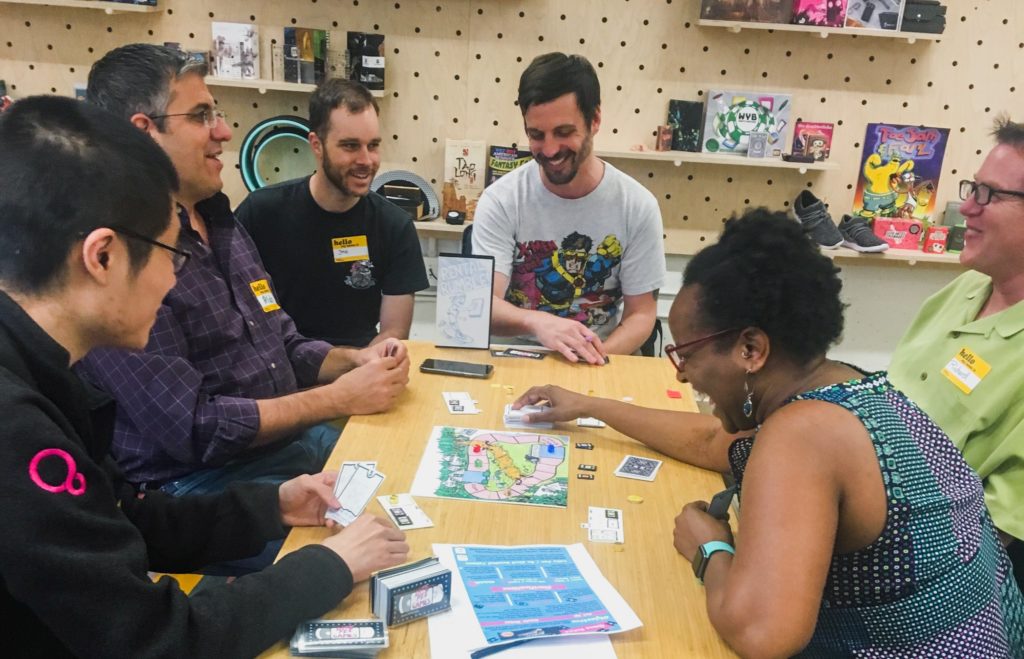
Quick tip: Consider including space for them to provide some background information on themselves, such as their three favorite games, that will help you contextualize their responses. Your playtest feedback form is also your chance to ask for their email addresses, so you can build your community. Playtesters may turn into backers and even provide reviews for your campaign page.
Improving your design: Incorporating what you’re learned from your playtest feedback form
So you’re looking at stacks of feedback forms and notes you’ve taken, and thinking, “how am I going to incorporate all of this into my game?” Well, the good news is that you don’t have to incorporate everything. No, this wasn’t all a huge waste of time, it’s just that all of the feedback isn’t going to be applicable.
It’s important to know your audience. When you’re looking at the comments, consider whether or not they’re coming from people who would actually buy your game. That context is important.
If someone who doesn’t fit your ideal backer profile says they didn’t enjoy your game, you don’t necessarily have to rework elements of the board game design to please them. Instead, you should be looking for patterns in feedback. Is there something in your rulebook that consistently confuses people? If so, that’s something worth investigating further.
Finishing your board game: When to stop tweaking your design
If you’ve only playtested your game a couple of times, keep going. There’s no specific number you’ll need to hit — some people say run 30 tests, others say 100. Honestly, you could keep on testing and refining forever. However, you should have an almost instinctive feel for when you’re done.
Is the game regularly running smoothly during your playtests? Are there fewer questions being asked? Are people consistently telling you that they enjoy your game during the blind playtesting stage? Answering questions like these will help you see if you’re ready to start finalizing your game and preparing to reach out to a manufacturer.
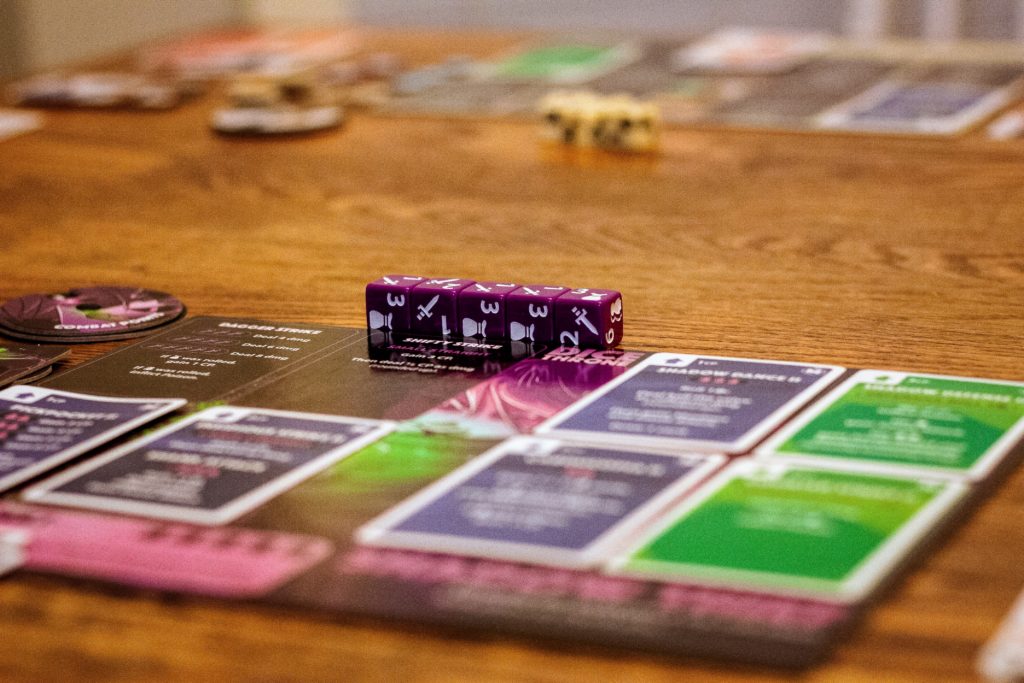
Board game design is more than the creation of a prototype. Even if you think you have a great idea and your game has all the elements that you like, you won’t know if you’re developing something that people will actually want to back on Kickstarter until you put your game to the test. Take your time to do this the right way.
To help you run productive playtests, we’ve created a playtest feedback form for you to distribute to players. Since your board game design is unique, the template is customizable. It also includes additional tips on how to be a good playtest host. 